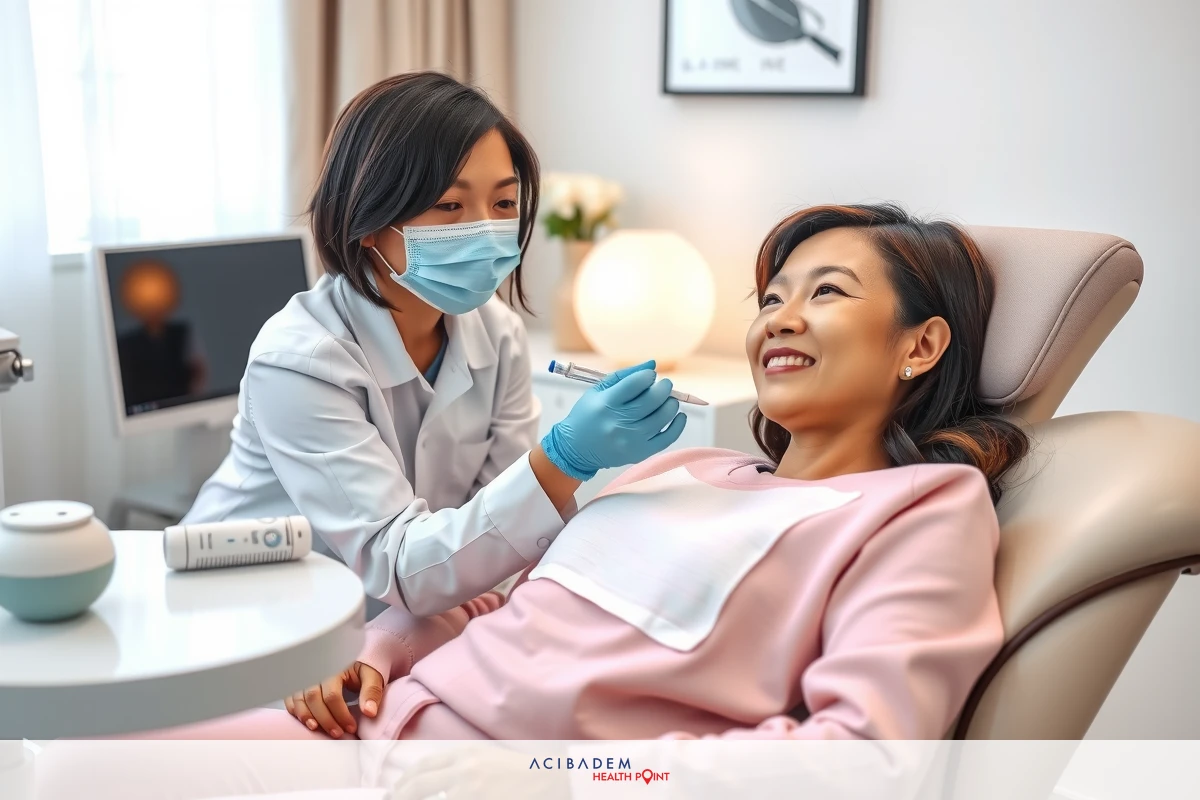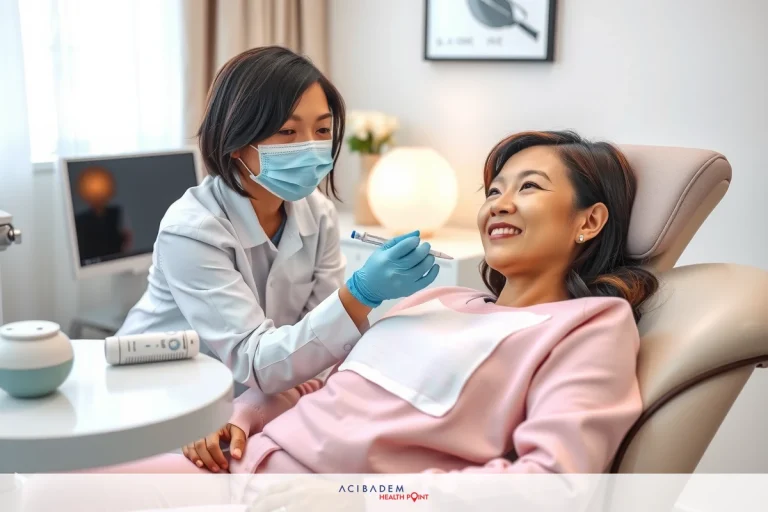Does Non-Surgical Rhinoplasty Hurt?
Does Non-Surgical Rhinoplasty Hurt? Non-surgical rhinoplasty, a minimally invasive alternative to traditional nose surgery, has been growing in popularity due to its lower risk and shorter recovery time. One of the most common questions about this procedure revolves around the level of discomfort or pain involved. This article aims to provide clarity on this topic.
Understanding the pain associated with non-surgical rhinoplasty can help individuals make an informed decision about whether this procedure is right for them. The process involves injections of dermal fillers, local anesthetics are used to minimize discomfort. The sensation during and after the procedure can vary based on individual tolerance and the specific techniques used by the practitioner.
Understanding Non-Surgical Rhinoplasty
Non-surgical rhinoplasty is a cosmetic procedure that alters the shape or size of the nose without the need for invasive surgery. Unlike traditional surgical rhinoplasty, which involves incisions and bone manipulation, non-surgical rhinoplasty uses injectable fillers to achieve desired changes. This method can address issues like a dorsal hump, asymmetry, or a flat nasal bridge. The procedure is generally quick, often taking less than an hour.
The primary difference between surgical and non-surgical rhinoplasty lies in their invasiveness and recovery time. Surgical rhinoplasty is a permanent solution that requires significant downtime for healing, with swelling and bruising lasting several weeks. On the other hand, non-surgical rhinoplasty offers immediate results with little to no downtime. It’s important to note that while non-surgical rhinoplasty provides significant improvements, its results are temporary and require regular maintenance.
One of the most asked questions about non-surgical rhinoplasty is about the level of pain or discomfort during the procedure. Local anesthesia is typically used to numb the area before injections, minimizing any pain. Most patients describe the sensation as a slight pressure or pinch at the injection site. However, individual pain tolerance varies, and some might experience more discomfort than others. It’s crucial to have a thorough discussion with your practitioner about what to expect during and after the procedure.
Pain Management During Non-Surgical Rhinoplasty
When it comes to non-surgical rhinoplasty, effective pain management is key to ensuring a comfortable patient experience. The inherent nature of this procedure, which involves injections in and around the nose, can understandably cause some anxiety about potential pain or discomfort. However, several techniques are employed to minimize these sensations.
- Topical Anesthesia: Before the procedure begins, a topical anesthetic cream is often applied to the nose and surrounding areas. This helps numb the skin and reduce sensitivity to the incoming injections.
- Local Anesthesia: In addition to topical anesthesia, local anesthesia is also commonly used in nonsurgical rhinoplasty. This involves injecting a small amount of anesthetic directly into the treatment area to numb it further.
- Cold Packs: Cold packs may be applied before and after the procedure to help constrict blood vessels, reduce swelling, and provide a numbing effect.
- Distracting Techniques: Some practitioners may employ distracting techniques such as vibrating tools or casual conversation to divert patients’ attention from the injections.
- Pain-Free Fillers: Certain types of dermal fillers used in non-surgical rhinoplasty contain lidocaine, an anesthetic that helps reduce pain during and after the injection.
Remember that everyone’s tolerance for pain varies, and what feels like mild pressure to one person may be

uncomfortable for another. It’s important to communicate with your practitioner about your comfort levels throughout the procedure so adjustments can be made if necessary.
Sensation and Recovery After Non-Surgical Rhinoplasty
Following a non-surgical rhinoplasty procedure, it’s normal to experience some sensations in the treated area. Patients often report feelings of light pressure or fullness in their nose due to the injected filler. This sensation is typically temporary and subsides as the body adjusts to the new shape of the nose. Some minor discomfort may be felt, but severe pain is not common after this procedure. If you do feel significant pain, it’s important to contact your practitioner immediately.
The recovery period after non-surgical rhinoplasty is usually quite minimal compared to surgical procedures. Most individuals can return to their regular activities immediately after treatment. However, some swelling, redness, or bruising around the injection site is normal and can last for a few days. It’s advised to avoid strenuous physical activity for 24 hours post-procedure to help minimize these effects. Applying a cold pack can also aid in reducing swelling and discomfort.
It’s crucial to remember that while non-surgical rhinoplasty offers immediate results, these results are temporary. Depending on the type of dermal filler used, results can last from six months to two years. Regular touch-ups may be needed to maintain your desired look. Communication with your practitioner about what to expect in terms of sensation and recovery can help ensure that your non-surgical rhinoplasty experience is a positive one.
Frequently Asked Questions
How long does a non-surgical rhinoplasty procedure take?
The non-surgical rhinoplasty procedure typically takes less than an hour to complete. It is considered a quick and efficient treatment option.
Is non-surgical rhinoplasty painful?
Non-surgical rhinoplasty is generally well-tolerated by most patients. While some discomfort or pressure may be experienced during the procedure, local anesthesia is used to minimize pain. Individual pain tolerance may vary.
How long do the results of non-surgical rhinoplasty last?
The duration of results depends on the type of dermal filler used. On average, non-surgical rhinoplasty results can last from six months to two years. Regular touch-up treatments may be required to maintain the desired outcome.
Are there any risks or side effects associated with non-surgical rhinoplasty?
As with any medical procedure, there are potential risks and side effects involved. Some common side effects include mild swelling, redness, bruising, or tenderness at the injection site. Rare complications may include infection or allergic reactions. It's important to consult with a qualified practitioner who will explain the potential risks and benefits based on your specific situation.
Can non-surgical rhinoplasty correct all nasal concerns?
Non-surgical rhinoplasty can address certain aesthetic issues such as a dorsal hump, nasal asymmetry, or a flat nasal bridge. However, it cannot correct functional problems like breathing difficulties caused by structural abnormalities. A thorough consultation with your practitioner will help determine if non-surgical rhinoplasty is suitable for your particular concerns.











